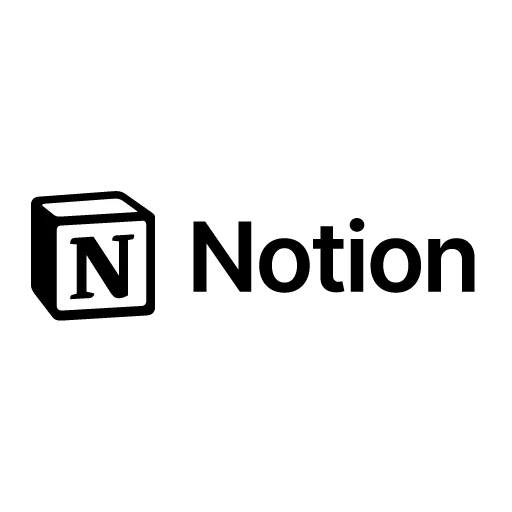Online curve fitting simulations on this page help us to understand how to fit a point cloud and show us some of the most common techniques such as least squares regression.
What is curve fitting
Curve fitting is a technique used in data analysis to find a mathematical function that fits a set of points. The goal is to find a smooth curve that passes close to all the points and represents the relationship between the variables of interest accurately.
Curve fitting applications
Curve fitting is used in a wide range of fields, such as physics, statistics, economics and engineering. It is especially useful when you have a set of data and you want to obtain a function that describes them adequately. This can be useful for predicting future values, interpolating between known points, or better understanding the relationship between variables.
Curve fitting methods
There are several methods for curve fitting, the most common being linear fitting and polynomial fitting. Linear fitting is used when data are expected to follow a linear relationship, while polynomial fitting allows more complex relationships to be represented by higher degree polynomials. These methods are based on minimizing the difference between the values predicted by the fitted function and the actual data values.
Another popular approach is curve fitting using exponential, logarithmic or trigonometric functions, depending on the shape of the data and the expected relationship between the variables. These models can capture nonlinear patterns and provide a better approximation in some cases.
Least squares regression method
The least squares regression method is a mathematical technique used to find the most accurate relationship between a set of data and a function by minimizing the sum of the squares of the differences between the observed values and the values predicted by the model. This method is fundamental in curve fitting, since it allows determining the curve that best fits the experimental data, optimizing its representation and reducing prediction errors. It is widely used in statistics, physics, engineering and other disciplines to analyze trends and make predictions based on observed data.
Limitations of curve fitting
It is important to note that curve fitting is not always appropriate, as it can lead to overfitting or underfitting. Overfitting occurs when the fitted function over-fits the training data and performs poorly on new data, while underfitting occurs when the function does not adequately capture the relationship between variables.
Explore the exciting STEM world with our free, online simulations and accompanying companion courses! With them you'll be able to experience and learn hands-on. Take this opportunity to immerse yourself in virtual experiences while advancing your education - awaken your scientific curiosity and discover all that the STEM world has to offer!
Curve fitting simulations
- Fitting
- Regression
Fitting the curve
With the mouse, drag the data points and their error bars, and see the best fit of the polynomial curve that instantly updates. You can choose the type of fit: linear, quadratic, or cubic. The reduced chi-square statistic shows you when the fit is good. Or you can try to find the best fit manually by adjusting the parameters.
File
Least squares regression
Create your own scatter plot or use real-world data and try to create a line of fit. Explore how individual data points affect the correlation coefficient and trend line.
File
Giants of science
“If I have seen further, it is by standing on the shoulders of giants”
Isaac Newton

Blaise Pascal
–

John von Neumann
–
Become a giant


Probability and Statistics in Data Science using Python



Introduction to Probability



Fundamentals of Statistics



Fat Chance: Probability from the Ground Up



How to Learn Math: For Students



Pre-University Calculus



Polynomials, Functions and Graphs



Maths Essentials




























